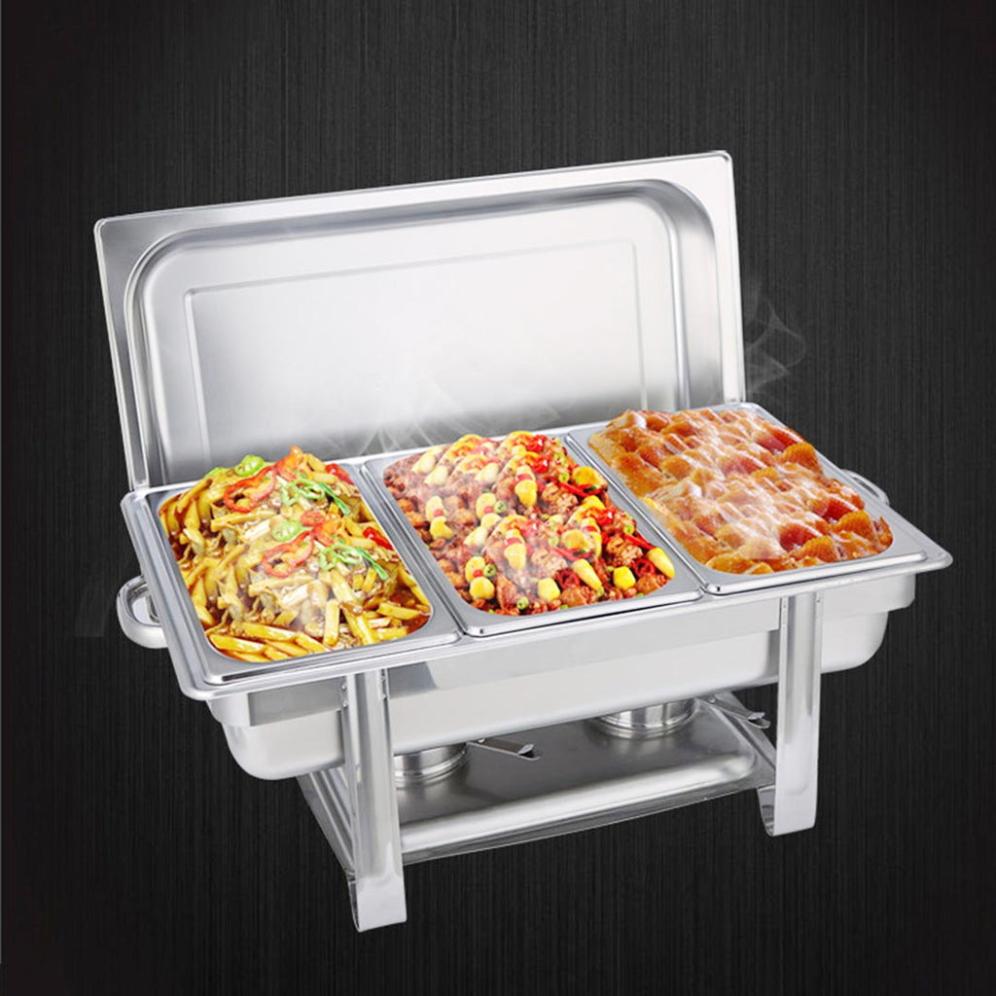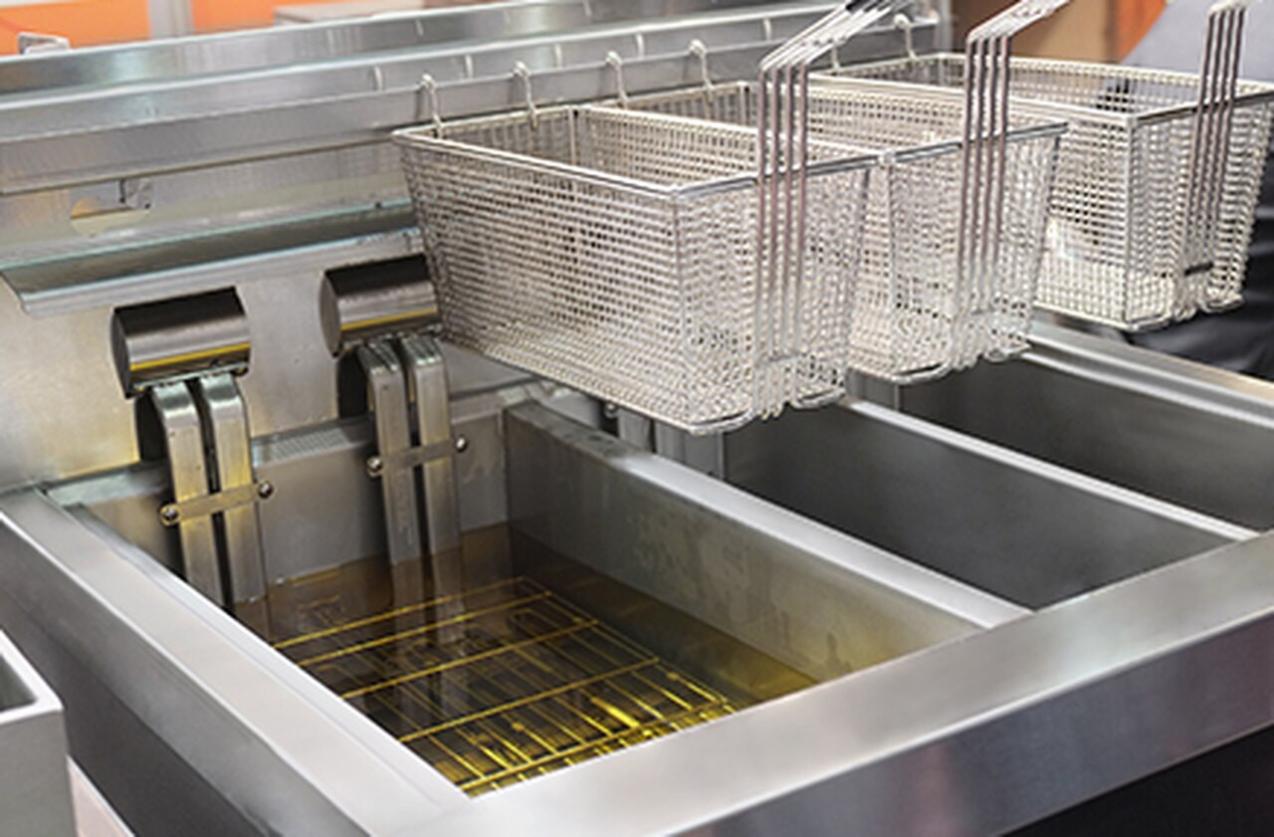How Can I Get the Most Out of My Catering Equipment?
In the world of catering, success hinges on the seamless execution of culinary masterpieces and impeccable service. At the heart of this intricate operation lies catering equipment, the unsung heroes that transform raw ingredients into delectable dishes and ensure the smooth flow of operations. Proper utilization and maintenance of catering equipment are paramount to maximizing efficiency, minimizing costs, and delivering an exceptional dining experience.

I. Choosing The Right Equipment
Selecting the appropriate catering equipment is a crucial step that sets the stage for a successful venture. Several factors come into play when making these decisions:
A. Consider The Type Of Catering Services Offered And The Size Of The Business:
- Assess the specific needs of your catering business, whether it involves small-scale events, large-scale functions, or a combination of both.
- Determine the size of your business and the anticipated volume of catering orders to ensure you have adequate equipment capacity.
B. Research Different Types Of Catering Equipment Available In The Market:
- Explore the wide range of catering equipment available, from cooking appliances to refrigeration units and servingware.
- Stay updated on the latest technological advancements that can enhance efficiency and productivity.
C. Evaluate The Features, Capacity, And Durability Of Each Piece Of Equipment:
- Compare the features and specifications of different equipment models to determine their suitability for your specific needs.
- Consider the capacity of the equipment to ensure it can handle the anticipated volume of food preparation and service.
- Evaluate the durability and construction of the equipment to ensure it can withstand the rigors of commercial use.
D. Consult With Industry Experts Or Read Reviews To Make Informed Decisions:
- Seek advice from experienced caterers or industry experts who can provide valuable insights into choosing the right equipment.
- Read online reviews and testimonials from other caterers to gain a deeper understanding of the performance and reliability of different equipment models.
II. Proper Usage And Maintenance
Once you have invested in high-quality catering equipment, proper usage and maintenance are essential to ensure its longevity and optimal performance:
A. Read And Understand The Manufacturer's Instructions For Each Piece Of Equipment:
- Familiarize yourself with the manufacturer's instructions to ensure proper operation and handling of each piece of equipment.
- Follow the recommended cleaning and maintenance procedures to keep the equipment in top condition.
B. Train Staff On The Proper Operation And Handling Of Catering Equipment:
- Provide comprehensive training to your staff on the proper operation and handling of catering equipment.
- Emphasize the importance of following manufacturer's instructions and maintaining a clean and safe work environment.
C. Develop A Regular Cleaning And Maintenance Schedule:
- Establish a regular cleaning and maintenance schedule for all catering equipment to ensure its optimal performance.
- Assign specific responsibilities to staff members to ensure that cleaning and maintenance tasks are carried out diligently.
D. Ensure That Equipment Is Cleaned Thoroughly After Each Use:
- Clean all catering equipment thoroughly after each use to prevent the buildup of food residue and grease.
- Use appropriate cleaning agents and techniques recommended by the manufacturer to avoid damaging the equipment.
E. Perform Routine Inspections To Identify Potential Issues Early On:
- Conduct routine inspections of catering equipment to identify potential issues early on, before they escalate into major problems.
- Look for signs of wear and tear, leaks, or any other abnormalities that may affect the performance of the equipment.
III. Maximizing Efficiency

In the fast-paced world of catering, efficiency is paramount to delivering exceptional service and maintaining profitability:
A. Organize The Kitchen Or Catering Space Efficiently To Minimize Movement And Maximize Productivity:
- Design your kitchen or catering space with a focus on efficiency, ensuring that equipment is placed strategically to minimize movement and optimize workflow.
- Create designated areas for food preparation, cooking, and serving to prevent bottlenecks and streamline operations.
B. Use Equipment That Is Energy-Efficient To Reduce Operating Costs:
- Invest in energy-efficient catering equipment to reduce operating costs and minimize your environmental impact.
- Look for equipment with features such as programmable timers, energy-saving modes, and automatic shut-off functions.
C. Invest In Multi-Functional Equipment That Can Perform Multiple Tasks:
- Consider investing in multi-functional catering equipment that can perform multiple tasks, saving space and increasing efficiency.
- For example, a combi oven can be used for baking, roasting, steaming, and grilling, eliminating the need for multiple appliances.
D. Utilize Technology, Such As Smart Appliances Or Inventory Management Systems, To Streamline Operations:
- Embrace technology to enhance the efficiency of your catering operations.
- Use smart appliances that can be controlled remotely or integrated with inventory management systems to streamline ordering and reduce waste.
IV. Safety Precautions
In a catering environment, safety is of utmost importance to protect staff and customers:
A. Ensure That All Electrical Equipment Is Properly Grounded And Inspected Regularly:
- Ensure that all electrical catering equipment is properly grounded to prevent electrical hazards.
- Conduct regular inspections of electrical wiring and connections to identify any potential issues.
B. Provide Adequate Ventilation To Prevent The Buildup Of Heat And Fumes:
- Install adequate ventilation systems in the kitchen or catering space to prevent the buildup of heat, fumes, and grease.
- Ensure that ventilation systems are regularly cleaned and maintained to maintain their effectiveness.
C. Train Staff On Safety Procedures, Including Proper Handling Of Hot Equipment And Sharp Utensils:
- Provide comprehensive training to staff on safety procedures, including the proper handling of hot equipment, sharp utensils, and hazardous substances.
- Emphasize the importance of wearing appropriate safety gear, such as gloves and aprons, to minimize the risk of accidents.
D. Maintain A Clean And Organized Work Environment To Minimize The Risk Of Accidents:
- Maintain a clean and organized work environment to minimize the risk of accidents and contamination.
- Ensure that spills are cleaned up immediately and that work surfaces are kept free of clutter.
V. Troubleshooting Common Issues

Even with proper maintenance, catering equipment may encounter occasional issues:
A. Provide A Troubleshooting Guide For Common Problems That May Arise With Catering Equipment:
- Create a troubleshooting guide that lists common problems that may arise with catering equipment and provides step-by-step instructions on how to resolve them.
- Make this guide easily accessible to staff so they can quickly identify and resolve minor issues without the need for professional assistance.
B. Offer Tips On How To Resolve Minor Issues Without The Need For Professional Assistance:
- Provide tips and tricks on how to resolve minor issues with catering equipment without the need for professional assistance.
- For example, suggest simple cleaning techniques to address minor clogs or provide instructions on how to reset equipment.
C. Emphasize The Importance Of Seeking Professional Help For Major Repairs Or Malfunctions:
- Emphasize the importance of seeking professional help for major repairs or malfunctions to ensure the safety and proper functioning of the equipment.
- Provide contact information for qualified technicians or repair services that specialize in catering equipment.
VI. Conclusion
Getting the most out of your catering equipment requires a combination of careful selection, proper usage and maintenance, maximizing efficiency, prioritizing safety, and addressing common issues effectively. By following the guidelines outlined in this article, you can ensure that your catering equipment remains a reliable partner in delivering exceptional culinary experiences and maintaining a successful catering business.
Remember to continuously seek knowledge and stay updated on the latest trends in catering equipment to optimize your operations and stay ahead of the competition. With the right approach, your catering equipment will be an invaluable asset in creating memorable dining experiences and driving the success of your business.
YesNo

Leave a Reply